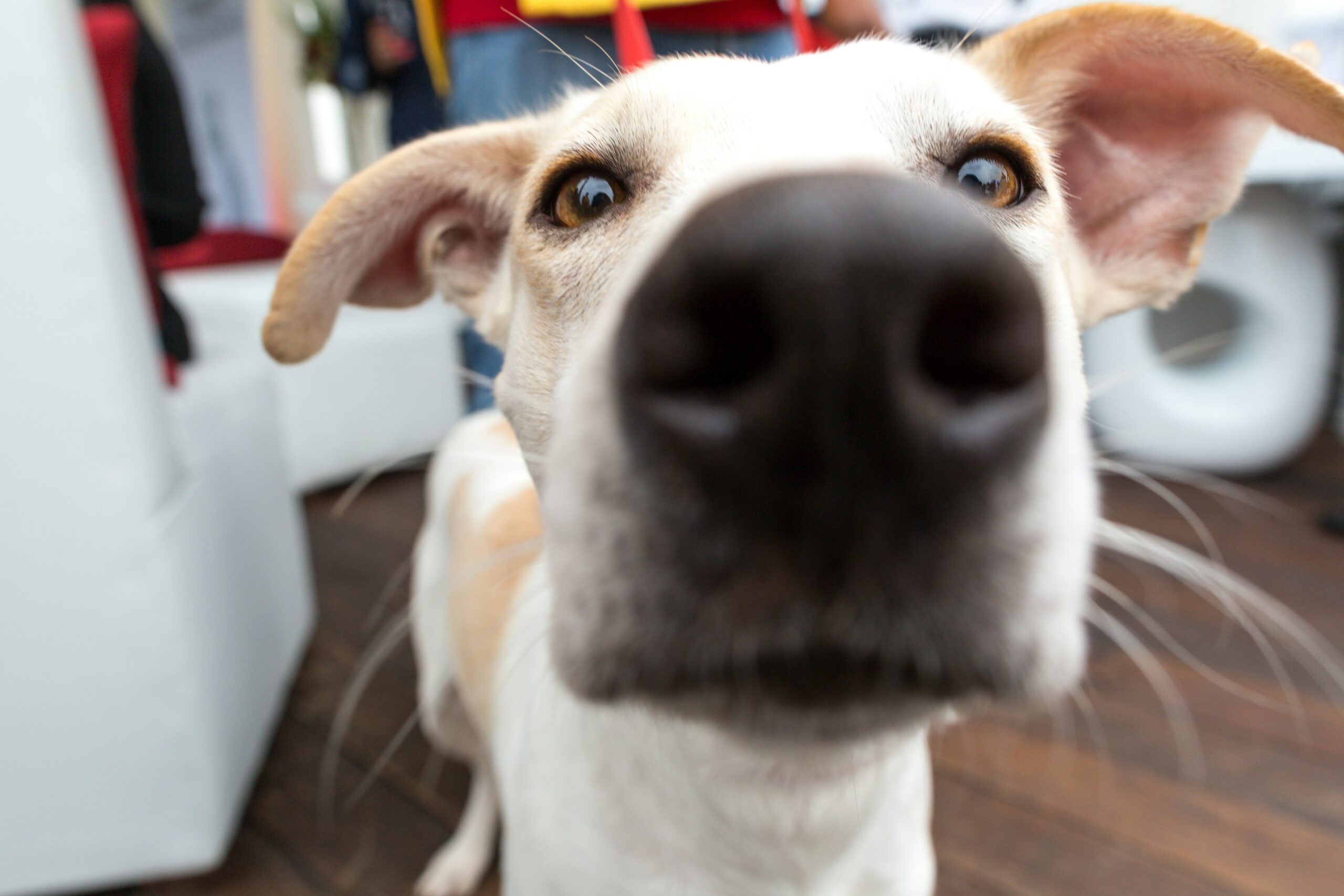
By Mark Gill, CEO of Petasure
Microchips were once seen as the ultimate safeguard. A quick scan and a pet’s details would pop up, reuniting them with their family in moments. That was the dream back in 1989 when pet microchipping first came in.
Fast forward to today and despite mandatory microchipping for both cats and dogs, thousands of pets are still never returned to their rightful homes.
So, what’s going wrong?
Microchip removal by thieves is on the rise
Yes, you read that right. Organised criminal gangs are now surgically removing microchips from stolen pets to avoid detection. The Irish Garda has confirmed that these gangs are using illegal scanners to identify chipped pets, then removing the chip before selling them on.
Only 6 per cent of stolen dogs are currently recovered. That means the overwhelming majority are simply disappearing into the black market.
Microchips can fail – and owners rarely know
Chips can migrate, malfunction or even be implanted incorrectly. The longer the chip has been in place, the more likely it is to move. The real problem? You won’t know it’s failed until you need it most.
Owners don’t control their pet’s data

Most microchip databases don’t send reminders, and many owners forget to update their records after moving house or changing contact details. This means even if a chip is scanned, the information might be years out of date.
No way for the public to check if a pet is stolen
When pets are sold via websites, pet shops or seemingly legitimate breeders, there’s no way for potential new owners to check if that dog or cat was stolen. By the time a vet scans the chip, if there is one, the trail has often gone cold.
The hard truth?
Microchips alone are no longer enough. Woodgreen Animal Charity reported in 2024 that they were unable to reunite nearly 75 per cent of the cats and dogs they rescued because either no chip was found, or the details were out of date.
Enter Petasure – a smarter way to protect pets
We haven’t just built another ID system. We’ve created a movement – one powered by pet owners, with tools that really work.
We designed Petasure with one goal in mind: to identify pets fast and get them home – even if their chip fails or has been removed. It’s time we gave owners real control.
How Petasure helps

The Petasure app allows owners to set up a secure, detailed ID profile for their pet in minutes. It includes up-to-date information and photographs and can be edited directly by the owner.
Nose print recognition technology means that even if a microchip is removed or faulty, a pet can still be identified. Every nose is unique. Using the app’s ‘found a pet’ feature, anyone can scan a pet’s nose and match it to the Petasure database. Once a match is made, the Petasure 24/7 Pet Support Centre is alerted and will contact the owner.
You also get reminders to keep your details current – something traditional microchip databases don’t offer.
The app is free to use and open to everyone. That includes members of the public, vets, rescue charities, and people looking to buy or adopt a pet. If you’re unsure about the background of a new pet, you can use the guest ‘found a pet’ feature to check for peace of mind.
If a pet is reported lost, Petasure will send instant alerts to local lost and found groups and soon will include printable posters and direct contact with nearby vets and animal shelters.
Best of all, the burden is no longer on the finder. Petasure will contact the owner, arrange collection, and support both parties.
The verdict?
Microchips are no longer enough. It’s time to give pet owners a better tool – one that puts them in control and helps bring pets home faster and more safely.
Visit www.petasure.co.uk to learn more and join the movement.
Because pets are family members too.
Main photo by Agatha on Unsplash
Collaborative Content

